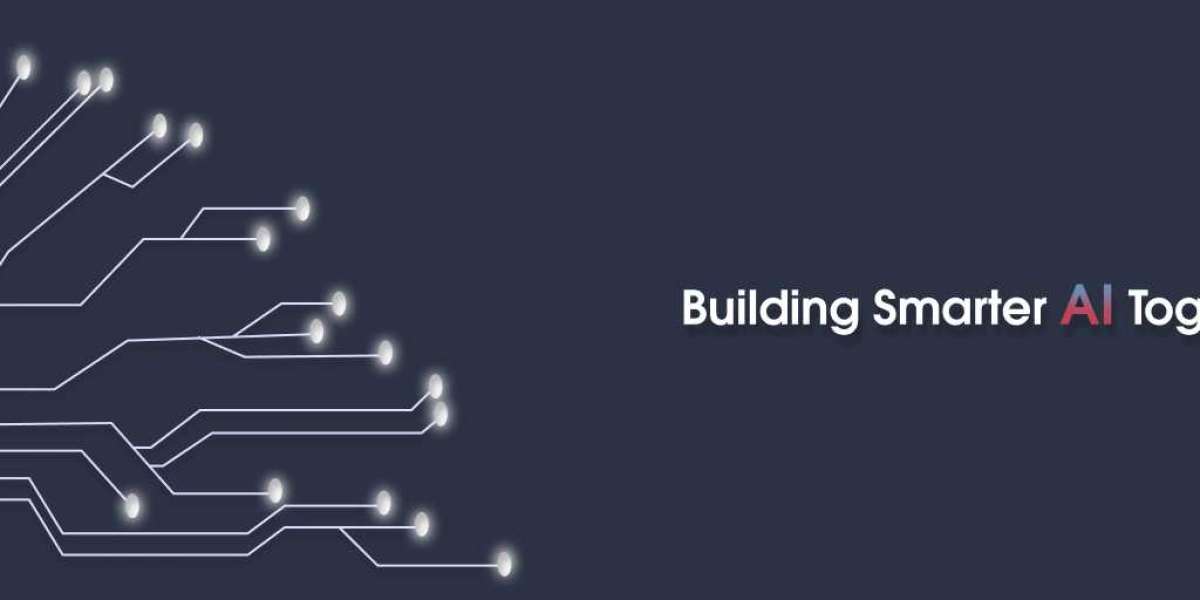Computer vision is no longer a futuristic concept; it’s here, revolutionizing industries from healthcare to autonomous vehicles. However, behind every groundbreaking application lies an essential ingredient that makes it all work seamlessly—high-quality training data. Gathering, processing, and managing this data are vital steps for AI developers, machine learning engineers, and data scientists aiming to build powerful, accurate models.
This blog explores everything you need to know about computer vision training data, covering its importance, types, best practices, and even future trends. Whether you're starting a computer vision project or looking to fine-tune your pipeline, this guide will set you on the right path to success.
Why High-Quality Training Data Matters for Computer Vision
Training data forms the foundation of any computer vision model. AI systems learn how to “see” by analyzing massive amounts of labeled images or videos to recognize patterns, objects, or textures. But the adage "garbage in, garbage out" couldn’t be more accurate in this field. Poor-quality or insufficient data leads to unreliable models, while high-quality training data improves accuracy, ensuring that tech innovations like facial recognition or defect detection systems work as intended.
A Simple Example
Consider training a computer vision model to detect road signs for autonomous cars. If your data only includes clear, well-lit images of signs, the model might fail when faced with dark environments, blurry images, or partially obstructed signs. To account for these real-world scenarios, your dataset needs to be both comprehensive and diverse.
Types of Training Data for Computer Vision
The type of training data you use depends on your use case. Common categories include:
1. Image Data
Single-frame images annotated with labels such as bounding boxes or segmentation masks. Use cases include facial detection, object recognition, and quality control in factories.
2. Video Data
Video data provides sequential frames that allow the model to understand movement over time, making it ideal for autonomous driving and action recognition.
3. 3D Data
Often used in augmented reality (AR) and medical imaging, 3D data involves depth maps or LiDAR scans.
4. Synthetic Data
Synthetic datasets simulate real environments using computer-generated imagery. They are particularly useful for scenarios where capturing real-world data is expensive or impractical.
Data Augmentation Techniques to Expand Your Dataset
Data augmentation is a clever way to enhance your training dataset without collecting additional raw data. By applying minor alterations to existing data, you can simulate real-world variations and improve model robustness. Common techniques include:
- Rotation and Flipping
Mirrors or reorients images to mimic different viewing perspectives.
- Color Jittering
Alters brightness, hue, contrast, or saturation to account for lighting conditions.
- Cropping and Zooming
Changes the scale or focus of an image to improve recognition accuracy.
- Noise Injection
Adds artificial noise to mimic low-quality images.
Data augmentation ensures your AI model remains performant across unexpected scenarios, making it a must for any serious project.
Tools and Platforms for Creating Training Data
Numerous tools aid in the creation of high-quality computer vision training data. Here are some of the most popular:
- Labelbox
A collaborative interface for annotating datasets, primarily for bounding boxes and segmentation tasks.
- CVAT (Computer Vision Annotation Tool)
An open-source application designed for annotating both image and video data.
- SuperAnnotate
Combines annotation with management and collaboration features, perfect for scaling projects.
- Macgence
Tailored for enterprises, Macgence provides end-to-end solutions for creating high-quality, domain-specific training data to power AI/ML models.
When using any tool, remember that the quality of the dataset depends as much on human oversight as on the software itself.
Best Practices for Data Annotation and Labeling
Data annotation is one of the most critical steps in creating training datasets. Poorly labeled data introduces bias and reduces accuracy. Here’s how you can ensure optimal annotation quality:
- Define Clear Guidelines
Establish specific rules to ensure consistency in annotations. For example, in object detection, should overlapping objects be labeled separately?
- Train Your Team
Human annotators are the backbone of any labeling project. Providing proper training improves both speed and accuracy.
- Use Quality Assurance Processes
Regularly review annotations to catch and rectify errors.
- Leverage Pre-Labeled Datasets
Macgence offers professionally curated pre-labeled datasets that can provide a head start for your projects.
- Utilize Semi-Automated Tools
Many platforms now incorporate AI to streamline the annotation process, reducing manual effort and time.
Challenges in Acquiring and Managing Training Data
Acquiring and managing training data is no small feat. Here are some common challenges and tips to overcome them:
1. Accessibility
Obtaining datasets for niche or regulated fields (like healthcare and autonomous vehicles) can be difficult. Synthetic data and providers like Macgence can help fill these gaps.
2. Bias
Unbalanced datasets can result in biased AI models. For example, an object detection model trained on predominantly urban settings may fail in rural areas. Strive for diversity in your datasets to mitigate bias.
3. Data Privacy
Training on user-generated data raises ethical and privacy concerns, particularly under laws like GDPR. Anonymize sensitive data to ensure compliance.
4. Scalability
Large datasets are hard to manage. Cloud-based platforms like AWS and Google Cloud offer scalable solutions for storage and processing.
Future Trends in Computer Vision Training Data
The future holds exciting advancements in the way training data is sourced and used. Some trends to watch for include:
- Synthetic Data Growth
Expect industries to adopt synthetic datasets more widely as these become increasingly realistic and cost-effective.
- Improved Automation
AI-assisted annotation tools will evolve, speeding up and improving the labeling process.
- Domain-Specific Solutions
Providers like Macgence are developing tailor-made datasets for specific industries, ensuring more focused and effective models.
- Privacy-First Data
Advances in techniques like federated learning will reduce privacy risks.
High-Quality Data Fuels High-Quality Models
Creating a successful computer vision model begins with the foundation of high-quality training data. While challenges in acquisition and management exist, tools, best practices, and reliable partners like Macgence can simplify the process tremendously.
If you're ready to take your computer vision project to the next level, Macgence is here to assist. From curated datasets to tailored annotation solutions, we've got your training data needs covered.
Put your model in good hands. Contact Macgence today to learn how we can help modernize your AI/ML workflows.







